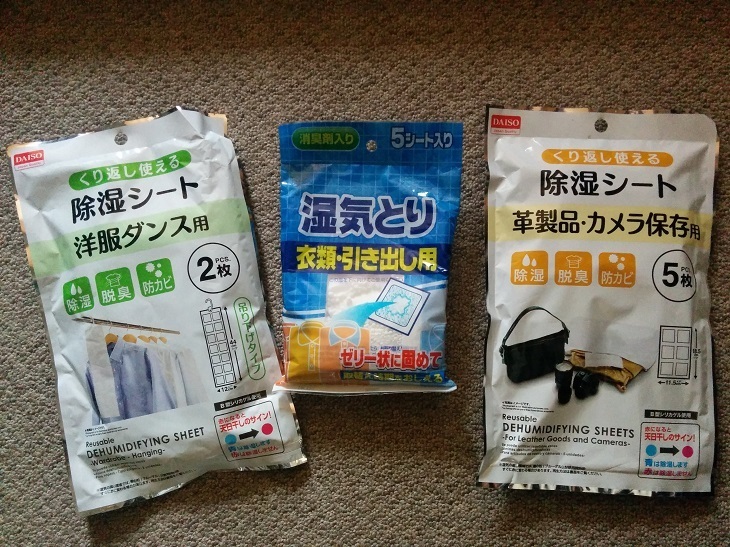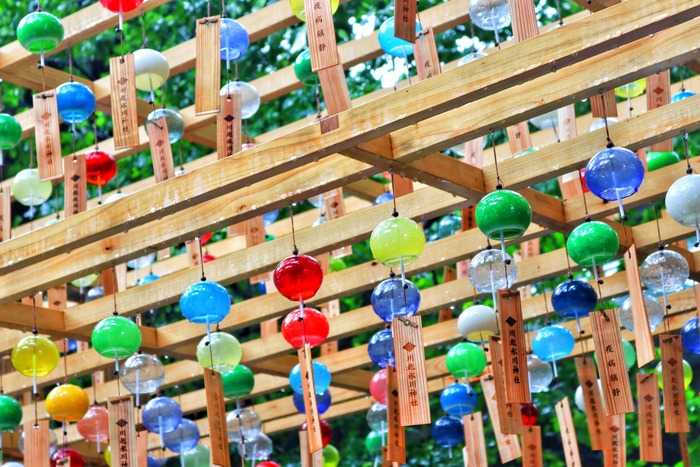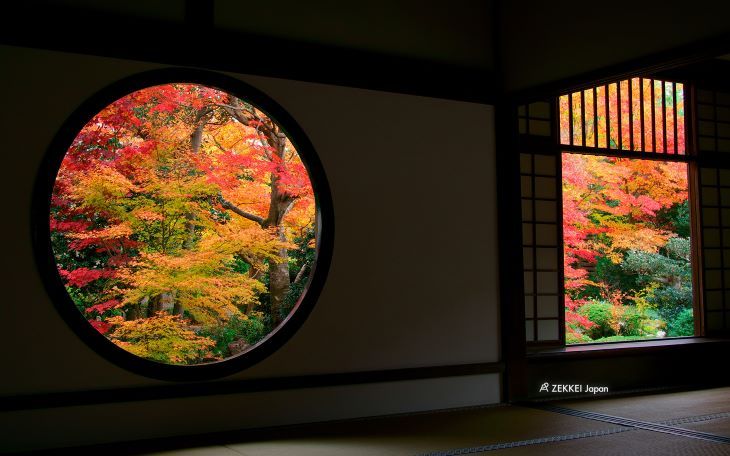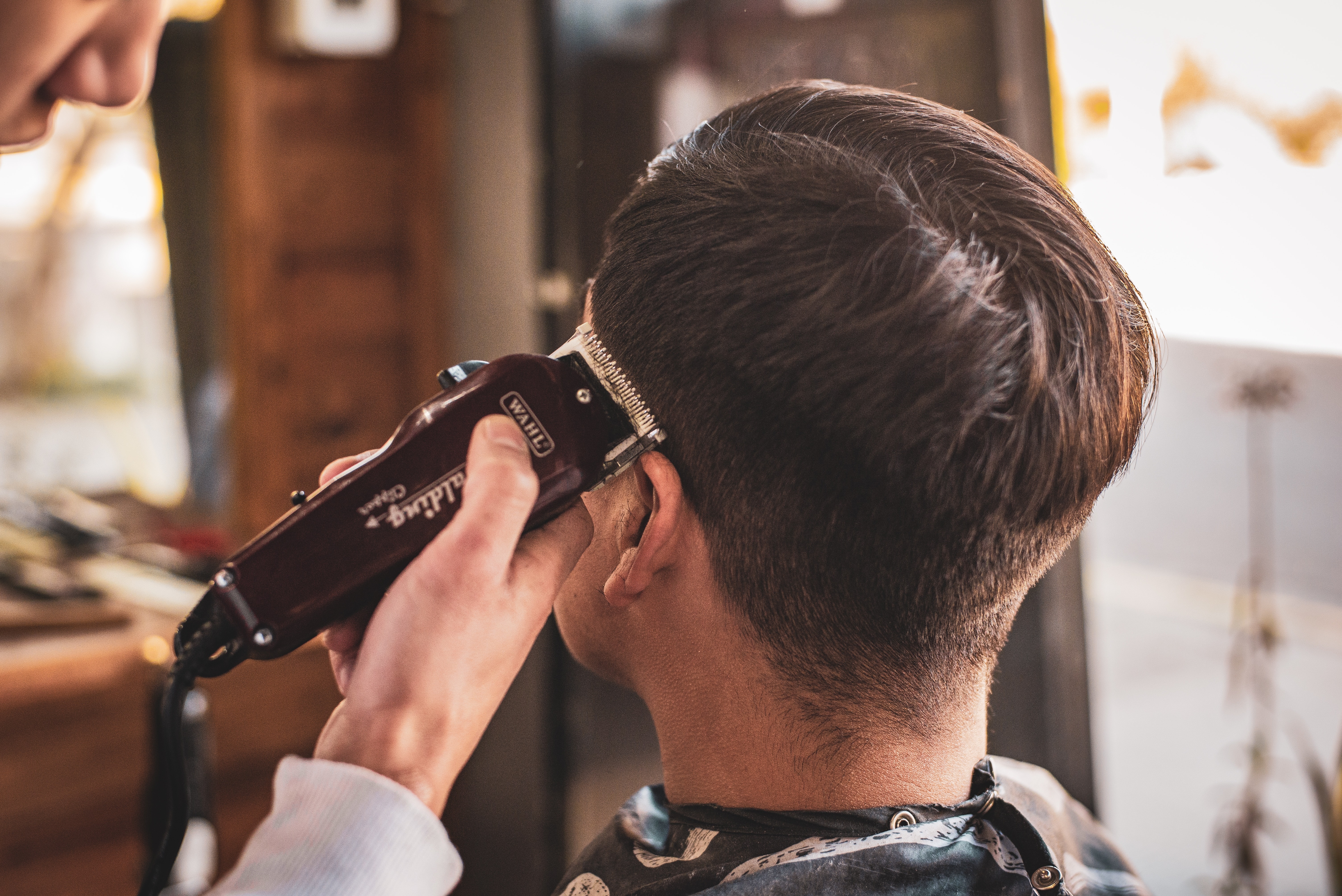Protecting Your Home from Humidity and Mold During Japan's Summer
When you think of Japanese summers, you may think of festivals, people wearing traditional yukatas, and spectacular fireworks shows. But with the summer fun comes extreme humidity that can cause big, long-term problems for your home.
Protecting your home from humidity and mold is a constant battle from the onset of the rainy season until the fall, but it can be managed as long as you are prepared. So let's look at why humidity and mold are such a problem in Japan, and learn about all the ways you can deal with them.
Japan's Humid Summers
Every year almost every part of Japan experiences a rainy season, known in Japanese as "tsuyu (梅雨)" or "baiyu (黴雨)." It usually starts as early as May in Okinawa, reaches Tokyo and the surrounding areas in June, and hits Hokkaido around late June or early July. This season brings heavy rainfall for days and is when temperatures and humidity in Japan begin to skyrocket. By the end of the rainy season, summer will have begun and you can expect to experience high temperatures and high humidity for the next three to four months.
While the humidity might be felt the most outdoors, it also affects everything inside the home and fosters the growth of mold. This mold loves to develop in places that are already often damp, such as the bathroom or kitchen sink. But mold can also impact enclosed spaces, such as closets where you keep clothes and shoes. Luckily, there are many products and techniques you can use to fight back against the mold and humidity in your home.
Protecting Your Home from Mold
Here are a few ways to protect your home from humidity and mold. Some methods are more expensive than others, so choose methods that best fit your budget and home.
・Use a dehumidifier
One of the best ways to keep rooms in your house humidity-free is to use a dehumidifier. While the up-front cost of buying one can be quite high, and having it running all day long will contribute to a higher monthly electricity bill, using one will keep the humidity in your home at a much more manageable level.
・Air out your closets and store your winter clothes before the rainy season begins
Clothes that aren't frequently washed over the winter and spring, such as coats and heavy sweaters, are more prone to getting affected by mold over the summer. Leather clothes or shoes, suits, winter coats, and so on are more likely to be damaged over the summer. To prevent this, try not to overcrowd your closets and pack away heavy clothes in suitcases or airtight storage boxes. Putting some moisture-absorbing packets (which we'll cover in more detail shortly) inside the boxes for extra protection is also a great idea. By doing these things, you can rest easy knowing that come next winter, your clothes will still be in great condition.
・Set your air conditioners to 'dry'(ドライ) or 'dehumidifying'(除湿)
Most Japanese air conditioner/heater units should have a dehumidifying setting which makes a big difference indoors. This setting can be more effective at cooling down a room and keeping the room less humid. If you have a unit that gives you the option of setting the temperature as well, about 24℃ or 25℃ is ideal.
・Keep bathroom fans running
Japanese bathrooms and shower rooms almost always have fans in them that are meant to be kept running at all times. While regular cleaning is also an important part of stopping mold from growing in these often-damp rooms, keeping the fans on, especially after taking a bath or shower, will help slow the growth of mold.
・Use Japanese Moisture Absorbing Products
There is an impressive variety of products available for sale in Japan meant to help absorb moisture in your home to protect rooms and clothes from humidity and mold. These products can be found at any drug store in Japan for reasonable prices, but even cheaper versions can often be bought at 100 yen shops like Daiso. Shops like Daiso also usually write "dehumidifying" in English on these products, making it convenient for people who can't speak Japanese to find them.
Examples of these kinds of products include humidity-absorption containers that you can place in closets to absorb moisture, as well as moisture-absorbing packets and sheets that you can place with futons and clothes to keep them from getting moldy. These packets and sheets can be found if you look for "shikke tori 湿気取り" or "jyoshitsu sheet 除湿シート."

What To Do If Too Much Mold Starts Growing in Your Home
In the unfortunate event that mold starts growing in your home, it can be hard to stop it from continuing to grow. And if mold gains too large a foothold in your home, you may need to hire professional cleaners or a mold removal company. If the mold is related to structural problems in your home, like leaky roofs or issues with the foundation, then you'll likely need to contact a professional contractor. Here are some people you could contact if you can't get rid of the mold taking over your home.
・Professional Mold Remover Companies: These companies specialize in removing mold and will have all the tools necessary to help clean your home.
・Home Insurance Company: If your home insurance covers mold damage, you're in luck! You should be able to contact your insurance provider for assistance with removing the mold and any damage caused by it.
・Municipal Environmental Consultation Desk: Local governments often have consultation desks for residential environment issues. While they may not be able to directly help solve your mold problems, they will likely have information to help you understand what you should do or who you should contact to help you with the mold. If you're not sure what to do when you discover lots of mold in your home, this may be a good place to start to figure out your best next step.
Prevent Mold Before it Starts Growing!
Once mold gains a foothold in your home it is extremely hard, if not impossible, to get rid of completely. That's why it is so important to start protecting your home from mold before the rainy season and Japanese summer start. But by following these tips and using some of the products listed, you should be well on your way to making sure your home is well-protected during the humid Japanese summer.



























